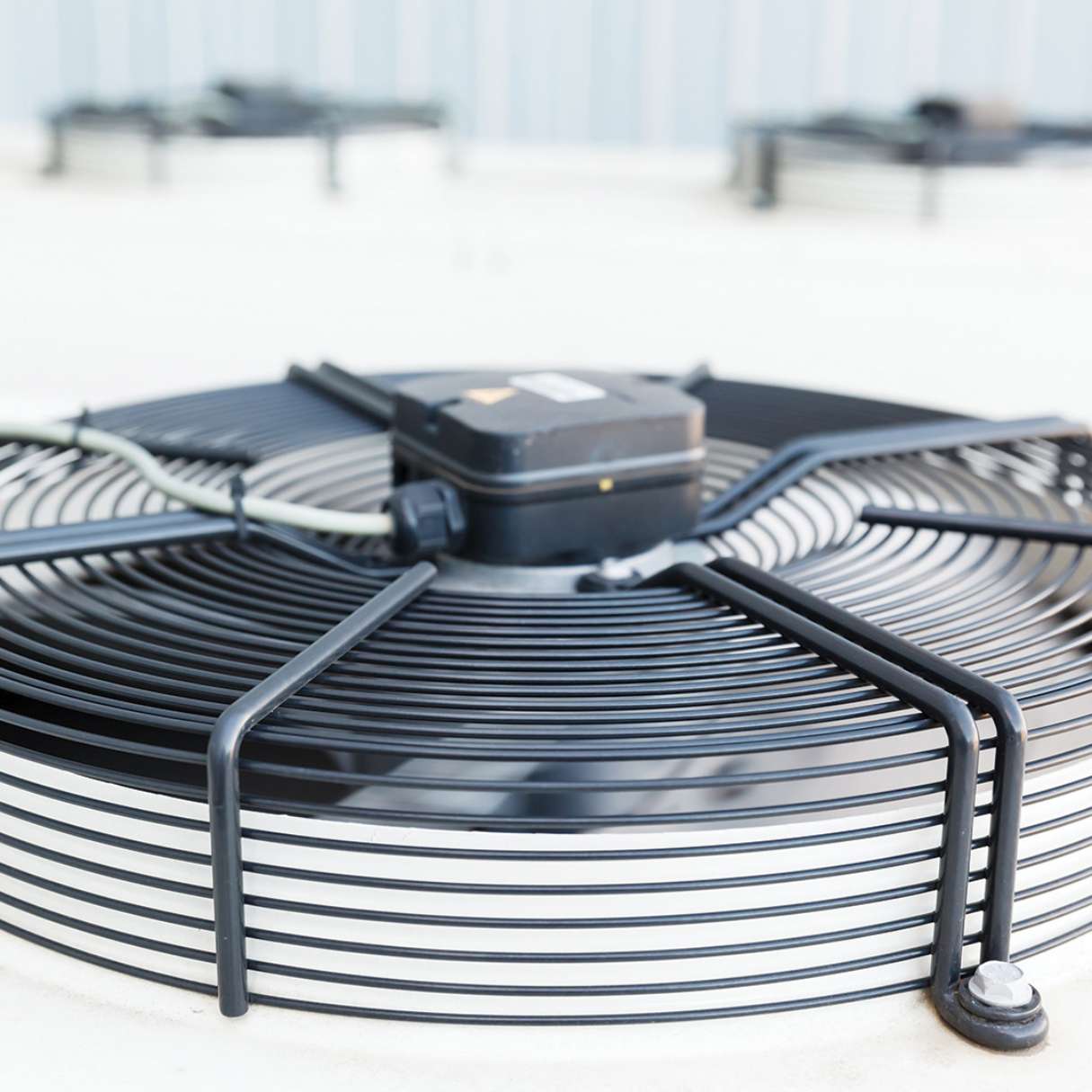

Articles
Why Is My HVAC Fan Not Working
Modified: March 23, 2024
If your HVAC fan is not working, check out our informative articles to troubleshoot and fix the issue. Expert tips and solutions provided.
(Many of the links in this article redirect to a specific reviewed product. Your purchase of these products through affiliate links helps to generate commission for Storables.com, at no extra cost. Learn more)
Introduction
When the HVAC fan in your home is not working, it can quickly lead to uncomfortable indoor temperatures and a frustrating living environment. The HVAC fan plays a crucial role in circulating air throughout your home, ensuring proper ventilation and maintaining a comfortable temperature. So, when it fails to function, it’s essential to identify the root cause and take appropriate action to restore its operation.
There can be several reasons why your HVAC fan is not working. It could be due to electrical issues, thermostat problems, motor malfunctions, capacitor failure, dirty or clogged air filters, blocked or broken fan blades, faulty fan relay, or even a lack of power supply. Troubleshooting these issues can help resolve the problem and get your HVAC fan up and running again.
In this article, we will explore the common causes of HVAC fan not working and provide troubleshooting steps to address the issue. By understanding these factors and taking the appropriate steps, you can save time and money by avoiding unnecessary service calls or repairs.
Key Takeaways:
- Troubleshooting HVAC fan issues involves checking power supply, inspecting air filters, and testing components. Professional help may be needed for complex repairs and electrical tasks.
- Regular maintenance, including cleaning air filters and inspecting fan blades, can prevent future HVAC fan problems. Professional technicians are essential for complex repairs and system tune-ups.
Read more: Why Is My HVAC Fan So Loud
Common Causes of HVAC Fan Not Working
When your HVAC fan fails to turn on or stops working, it can be frustrating and inconvenient. Understanding the common causes of this problem can help you diagnose and resolve the issue effectively. Here are some of the most common causes of HVAC fan not working:
- Electrical Issues: One of the most prevalent causes of the HVAC fan not working is electrical problems. This could include issues such as a blown fuse, tripped circuit breaker, or loose electrical connections. These problems can disrupt the power supply to the fan motor, preventing it from functioning properly.
- Thermostat Problems: A malfunctioning thermostat can also be the culprit behind your HVAC fan not working. If the thermostat is not programmed correctly or has a faulty sensor, it may not send the necessary signals to activate the fan. Checking the thermostat settings and ensuring they are set correctly can help resolve this issue.
- Motor Malfunctions: The fan motor is responsible for powering the HVAC fan and circulating air throughout your home. If the motor is faulty or experiencing issues, it can cause the fan to stop working. This can be due to worn-out bearings, a burned-out motor, or a faulty motor capacitor. Professional assistance may be needed to diagnose and replace the defective motor.
- Capacitor Failure: The capacitor in the HVAC system helps provide the necessary electrical boost to start the fan motor. If the capacitor fails, it can prevent the fan from turning on or cause it to run intermittently. Inspecting and testing the capacitor can determine if it needs to be replaced.
- Dirty or Clogged Air Filters: Air filters are designed to trap dust, dirt, and other airborne particles to improve indoor air quality. However, when these filters become dirty or clogged, they can restrict airflow and put additional strain on the fan motor. This can lead to the fan not working efficiently or even causing it to stop altogether. Regularly cleaning or replacing air filters is essential to maintain the smooth operation of the HVAC fan.
- Blocked or Broken Fan Blades: If the fan blades are obstructed by debris or have become detached or broken, it can impede the fan’s operation. This can prevent the fan from spinning properly or even cause it to make loud and unusual noises. Inspecting and clearing any obstructions or replacing damaged blades can resolve this issue.
- Faulty Fan Relay: The fan relay is responsible for controlling the operation of the fan motor. If the relay malfunctions, it may not send the necessary signals to start the fan or keep it running. Testing the fan relay and replacing it if necessary can be an effective solution.
- Lack of Power Supply: In some cases, the HVAC fan may not be receiving adequate power supply, causing it to stop working. This can happen due to issues with the electrical wiring, a faulty circuit breaker, or a power outage. Checking the power supply and ensuring it is functioning correctly can help determine if this is the cause of the problem.
Identifying the specific cause of your HVAC fan not working can help you take appropriate steps to resolve the issue. In the next section, we will discuss troubleshooting steps that you can take to diagnose and potentially fix the problem.
Electrical Issues
Electrical issues are one of the primary culprits behind HVAC fan malfunctions. A disruption in the electrical supply can prevent the fan from turning on or cause it to stop working altogether. Here are some common electrical issues that can affect the operation of your HVAC fan:
- Blown Fuse: A blown fuse is a common electrical problem that can cause the HVAC fan to stop working. A fuse acts as a safety device that protects the electrical circuit from excessive current. When a fuse blows, it breaks the circuit and stops the flow of electricity, including power to the fan motor. Checking the fuse box and replacing any blown fuses can often resolve this issue.
- Tripped Circuit Breaker: Similar to a blown fuse, a tripped circuit breaker can cut off the power supply to the HVAC fan. Circuit breakers are designed to protect the electrical system from overloading. If too much current flows through the circuit, the breaker trips and shuts off power. To fix this issue, locate the circuit breaker panel in your home, identify the tripped breaker, and reset it to restore power to the fan.
- Loose Electrical Connections: Loose or disconnected electrical connections can disrupt the flow of electricity to the HVAC fan. Over time, vibrations and normal wear and tear can cause wires to become loose or disconnected. Check the electrical connections at the fan motor, thermostat, and circuit breaker panel, ensuring they are securely fastened. Reconnecting any loose wires can help restore the electrical supply and get the fan working again.
- Faulty Wiring: Faulty or damaged electrical wiring can also cause the HVAC fan to malfunction. Wiring issues can occur due to aging, rodents chewing on the wires, or improper installation. Inspect the wiring in your HVAC system, looking for frayed or exposed wires, as well as signs of damage. If you notice any issues, it’s best to call a professional electrician to repair or replace the wiring.
- Power Outage: Sometimes, the cause of an HVAC fan not working is as simple as a power outage. Check if the rest of the electrical devices in your home are working. If they are not, it’s likely that there is a power outage in your area. In such cases, you will need to wait for the power to be restored for the HVAC fan to work again.
When dealing with electrical issues, it’s important to prioritize safety. If you are unsure about performing any electrical troubleshooting or repairs, it’s best to consult a qualified HVAC technician or electrician for assistance. They have the expertise and knowledge to handle electrical problems safely and effectively.
Thermostat Problems
A malfunctioning thermostat can be another common cause of HVAC fan not working. The thermostat is responsible for sensing the temperature in your home and sending signals to the HVAC system to adjust the heating or cooling accordingly. If the thermostat is not functioning correctly, it may fail to activate the HVAC fan. Here are some thermostat problems that can affect the operation of your HVAC fan:
- Incorrect Settings: Sometimes, the reason the HVAC fan is not working is simply due to incorrect thermostat settings. Make sure that the thermostat is set to the “Auto” or “Fan Auto” mode, rather than “Fan On” mode. In the “Auto” mode, the fan will only run when the heating or cooling system is operating.
- Faulty Sensor: The thermostat’s sensor is responsible for accurately detecting the temperature in your home. If the sensor is faulty or dirty, it may fail to provide accurate readings, leading to improper fan control. Cleaning the sensor or replacing it, if necessary, can help resolve this issue.
- Misplacement of the Thermostat: The location of the thermostat plays a crucial role in its proper functioning. If the thermostat is in direct sunlight or near a heat source, it may sense an inaccurate temperature reading, causing the fan not to turn on when needed. Repositioning the thermostat to a more suitable location can help improve its performance.
- Dead Batteries: Some thermostats are battery-powered, and if the batteries are dead or low, the thermostat may not function correctly. Check if the batteries in your thermostat need to be replaced and do so if necessary. This simple fix can often resolve the issue of the HVAC fan not working.
- Programming Issues: If your thermostat has programmable features, make sure that the schedule and settings are programmed correctly. An incorrect or faulty program can prevent the fan from turning on or off as desired. Verify the programming and make any necessary adjustments to ensure the fan operates according to your desired settings.
If you suspect that the thermostat is the cause of your HVAC fan not working, you can try troubleshooting steps such as adjusting the settings, cleaning the sensor, replacing batteries, or reprogramming it. However, if the problem persists, it may be necessary to consult a professional HVAC technician to inspect and potentially repair or replace the thermostat.
Motor Malfunctions
The motor is a crucial component of your HVAC system, responsible for powering the fan and ensuring proper air circulation. When the motor malfunctions, it can lead to the HVAC fan not working. Here are some motor-related issues that can affect the operation of your HVAC fan:
- Worn-out Bearings: Over time, the bearings in the fan motor can wear out, causing the motor to operate inefficiently or seize up. Signs of worn-out bearings include excessive noise or a fan that is slow to start. Lubricating the bearings can sometimes resolve the issue, but if they are severely worn, the motor may need to be replaced.
- Burned-out Motor: If the motor has burned out, it will not be able to generate the necessary power to operate the fan. Burned-out motors often give off a burning smell or produce no noise when the fan is turned on. In such cases, replacing the motor is typically the only solution.
- Faulty Motor Capacitor: The motor capacitor provides an electrical boost to start the fan motor. When the motor capacitor fails, it can prevent the motor from starting properly, resulting in the HVAC fan not working. Testing the capacitor with a multimeter can help determine if it is functioning correctly. If it is faulty, replacing the capacitor should restore the fan’s operation.
- Faulty Motor Wiring: Faulty wiring connections within the motor can also cause the fan not to work. Over time, wires may become loose or disconnected, disrupting the electrical flow. Inspecting the motor wiring and ensuring all connections are secure can help identify and fix any wiring problems.
When dealing with motor malfunctions, it is crucial to exercise caution and prioritize your safety. If you have experience working with motors and electrical components, you may attempt troubleshooting steps such as lubricating the bearings, testing the capacitor, or checking the motor wiring. However, if you are not familiar with these procedures or the issue persists, it is recommended to contact a professional HVAC technician. They have the expertise and knowledge to safely diagnose and repair motor-related problems, ensuring that your HVAC fan operates efficiently.
Read more: Why Is My Standing Fan Not Working
Capacitor Failure
The capacitor is a critical component in the HVAC system that helps the fan motor start and run smoothly. When the capacitor fails, it can prevent the fan from turning on or cause it to run intermittently. Here are some common signs and causes of capacitor failure:
- Frequent Cycling: If you notice that your HVAC fan frequently turns on and off, it could be a sign of a failed capacitor. Capacitor failure can cause the motor to struggle to start, resulting in repeated cycling of the fan.
- Noisy Operation: A failing capacitor can cause the fan motor to produce loud buzzing or humming noises. These noises can indicate that the motor is receiving insufficient electrical boost from the capacitor, leading to erratic operation.
- Bulging or Leaking Capacitor: In some cases, a failed capacitor may show visible signs of damage. You may notice that the capacitor is bulging or leaking electrolyte fluid. These signs indicate that the capacitor has become faulty and needs to be replaced.
- Age and Wear: Like any electrical component, capacitors have a limited lifespan. Over time, they can degrade and fail due to factors such as age, heat, and excessive electrical stress. If your HVAC system is older or has been operating for a long time without capacitor maintenance, it is more likely to experience capacitor failure.
- Power Surges: Power surges caused by electrical disturbances, lightning strikes, or utility power fluctuations can damage capacitors. These sudden spikes in voltage can overload the component and cause it to fail.
If you suspect that the capacitor is the reason for your HVAC fan not working, it is best to consult a professional HVAC technician. They can test the capacitor using a multimeter or specialized equipment to verify its condition. If the capacitor is found to be faulty, they will replace it with a new one that matches the proper specifications to ensure the smooth operation of your HVAC fan.
Dirty or Clogged Air Filters
Air filters are an essential component of your HVAC system, responsible for trapping dust, pollen, and other airborne particles. Over time, these filters can become dirty and clogged, obstructing the airflow and affecting the performance of your HVAC fan. Here’s how dirty or clogged air filters can impact the operation of your HVAC fan:
- Reduced Airflow: When air filters become dirty and clogged, they restrict the airflow passing through them. This restriction can put additional strain on the fan motor, as it has to work harder to circulate air. The increased workload can lead to overheating and cause the HVAC fan to stop working.
- Poor Indoor Air Quality: Dirty air filters not only obstruct airflow but also fail to effectively filter out contaminants from the air. This can result in poor indoor air quality, causing allergies, respiratory issues, and discomfort for the occupants. Regularly cleaning or replacing air filters is crucial for maintaining a healthy and clean indoor environment.
- Freezing of the Evaporator Coil: If the air filters are severely clogged, the airflow can be significantly restricted. This reduced airflow can lead to a drop in temperature and cause the evaporator coil to freeze. When the evaporator coil freezes, it can trigger safety measures that shut off the fan to prevent further damage. Cleaning or replacing the air filters can help prevent this issue from occurring.
- Increased Energy Consumption: When the HVAC fan is operating with dirty or clogged air filters, it needs to work harder to maintain the desired temperature. This increased workload results in higher energy consumption and can lead to higher utility bills. By keeping the air filters clean and maintained, you can ensure that the HVAC system operates efficiently, reducing energy costs.
To prevent the HVAC fan from not working due to dirty or clogged air filters, it is important to establish a regular maintenance routine. Check the air filters regularly and clean or replace them according to the manufacturer’s recommendations. This will ensure proper airflow, maintain good indoor air quality, and help the HVAC fan operate smoothly.
Blocked or Broken Fan Blades
The fan blades in your HVAC system play a crucial role in circulating air throughout your home. If these blades become blocked or broken, they can hinder the operation of the HVAC fan. Here’s how blocked or broken fan blades can affect the functionality of your HVAC system:
- Obstructed Airflow: When fan blades become blocked by debris, such as dust, dirt, or pet hair, they can restrict the airflow. This obstruction can prevent the fan from spinning properly, reducing the amount of air being circulated throughout your home. As a result, the HVAC system may struggle to maintain the desired temperature, and the fan may not work efficiently.
- Noisy Operation: In addition to obstructed airflow, blocked fan blades can cause excessive noise during operation. The fan may produce rattling or scraping sounds, indicating that the blades are hitting against debris or obstructions. These noises not only disrupt the peace but also indicate that the fan is not functioning optimally.
- Decreased Efficiency: When the fan blades are blocked or broken, the HVAC system has to work harder to circulate air. This increased workload can lead to decreased efficiency, as more energy is required to achieve the desired temperature. As a result, your energy bills may rise, and the fan may not effectively cool or heat your home.
- Imbalanced Fan: A broken or damaged fan blade can cause an imbalance in the fan assembly. As a result, the fan may wobble or vibrate excessively during operation. This imbalance not only affects the overall performance of the fan but can also lead to further damage if left unaddressed.
- Poor Cooling/Heating Performance: Blocked or broken fan blades can result in inadequate airflow, leading to poor cooling or heating performance. Certain areas in your home may not receive sufficient airflow, causing temperature inconsistencies. Resolving the issue by cleaning or repairing the fan blades will help restore proper airflow and improve the overall performance of the HVAC system.
If you suspect that the HVAC fan blades are blocked or broken, it’s important to address the issue promptly. Start by inspecting the fan blades for any obstructions or signs of damage. Clear away any debris that may be blocking the blades, such as leaves, dirt, or pet hair. If the blades are broken, it’s crucial to replace them to ensure the proper operation of the fan. If you are unsure about how to clean or replace the fan blades, it’s recommended to contact a professional HVAC technician who can safely and effectively handle the task.
Faulty Fan Relay
The fan relay is responsible for controlling the operation of the fan motor in your HVAC system. When the fan relay becomes faulty, it can lead to issues with the HVAC fan not working. Here’s how a faulty fan relay can affect the functionality of your HVAC system:
- Inconsistent Fan Operation: A faulty fan relay may cause the fan to operate inconsistently. The fan may fail to turn on when it should, or it may keep running even when it’s not needed. This irregular operation can lead to discomfort and inefficiency in your home’s heating or cooling system.
- Fan Not Turning On: If the fan relay fails completely, it can prevent the fan motor from turning on at all. This results in no airflow, and you may feel no air coming out of the vents or experiencing poor temperature control. A dysfunctional fan relay can disrupt the entire HVAC system’s operation.
- Noise or Clicking Sounds: A faulty fan relay may emit clicking sounds or produce unusual noise when the system is running. This can indicate that the relay is not functioning properly and is unable to control the fan motor effectively.
- Inadequate Cooling or Heating: When the fan relay is not working correctly, it can impact the cooling or heating performance of your HVAC system. Insufficient airflow due to a faulty relay can result in inadequate cooling or heating, making it difficult to achieve the desired temperature in your home.
- Intermittent Operation: A faulty fan relay may cause the fan motor to operate intermittently. The fan may start and stop randomly, leading to inconsistent airflow and temperature control. This sporadic operation can be frustrating and may indicate a problem with the fan relay.
Addressing a faulty fan relay typically requires professional assistance. An HVAC technician can diagnose the issue by testing the relay with specialized equipment and determine whether it needs to be repaired or replaced. Attempting to fix or replace the fan relay on your own can be complex and may further damage the system if not done correctly. It’s best to rely on the expertise of a qualified professional to ensure a proper and safe resolution to the faulty fan relay issue.
Read more: Why Is My Air Conditioner Fan Not Working
Lack of Power Supply
A lack of power supply is another common cause of HVAC fan not working. Without adequate electrical power, the fan motor cannot function properly. Here are some factors that can lead to a lack of power supply to the HVAC fan:
- Tripped Circuit Breaker or Blown Fuse: A tripped circuit breaker or blown fuse can disrupt the power supply to the HVAC fan. These safety features are designed to protect the electrical system from overloading. If the fan draws too much current or experiences a sudden power surge, the circuit breaker will trip or the fuse will blow, cutting off the power supply. Checking the circuit breaker panel or fuse box and resetting or replacing the tripped breaker or blown fuse can restore power to the HVAC fan.
- Faulty Wiring Connections: Loose or faulty wiring connections can disrupt the power supply to the HVAC fan. Over time, vibrations and other factors can cause wires to become loose or disconnected. Inspecting the wiring connections at the fan motor, thermostat, and electrical panel, and ensuring they are securely fastened, can help resolve this issue. However, it is recommended to consult a professional electrician for electrical work to ensure safety and correct wiring practices.
- Power Outage: Sometimes, the HVAC fan might not be working due to a power outage in your area. Check if other electrical devices in your home are also not functional. If that’s the case, it’s likely that there is an external power outage that is affecting your HVAC system as well. In such situations, you will need to wait for the power to be restored for the HVAC fan to work again.
- Faulty Power Supply Components: In some cases, faulty power supply components, such as transformers or capacitors, can prevent the HVAC fan from working. These components are responsible for converting and regulating the electrical power. If they are malfunctioning or damaged, it can result in a lack of power supply to the fan motor. A professional HVAC technician will be able to diagnose and replace any faulty power supply components.
It’s important to exercise caution when dealing with power supply issues, as electrical work can be dangerous. If you are unsure about performing any electrical troubleshooting or repairs, it’s best to consult a qualified HVAC technician or electrician for assistance. They have the expertise and knowledge to safely handle electrical problems and ensure proper power supply to your HVAC fan.
Check the circuit breaker or fuse for the HVAC fan to ensure it hasn’t tripped or blown. If it has, reset the breaker or replace the fuse. If the issue persists, contact a professional for further diagnosis.
Troubleshooting Steps for HVAC Fan Not Working
Experiencing an HVAC fan not working can be frustrating, but before calling a professional, there are some troubleshooting steps you can take to identify and potentially resolve the issue. Here are some steps you can follow:
- Check the Power Supply: Ensure that the HVAC system is receiving power. Check that the circuit breaker for the HVAC system is not tripped and that the corresponding fuse is intact. If the circuit breaker has tripped, reset it, and if the fuse is blown, replace it with a new one.
- Inspect and Clean Air Filters: Dirty or clogged air filters can impede airflow, causing the HVAC fan to not work efficiently. Check the air filters and clean or replace them as needed. Regularly cleaning or replacing air filters can prevent future fan issues and improve system performance.
- Examine the Fan Blades: Blocked or broken fan blades can prevent the fan from spinning properly. Inspect the fan blades and clear any obstructions, such as debris or dirt. If the blades are broken or damaged, they may need to be replaced to restore proper fan operation.
- Test the Capacitor: A faulty capacitor can be a common cause of HVAC fan issues. Using a multimeter, test the capacitor’s electrical charge. If the reading is significantly below the recommended range, replacing the capacitor may be necessary.
- Verify Thermostat Settings: Ensure that the thermostat is set to the appropriate mode for the fan to operate. Check that it is not set to “Fan On” mode, as this may cause the fan to run continuously, even when heating or cooling is not needed. Set the thermostat to “Auto” or “Cool/Heat” mode, depending on your comfort requirements.
- Check for Electrical Issues: Inspect the electrical connections at the fan motor, thermostat, and circuit breaker panel. Look for loose or disconnected wires and secure them if necessary. If you suspect any major electrical issues beyond your knowledge, it’s best to consult a professional electrician or HVAC technician.
- Examine the Fan Relay: The fan relay controls the operation of the fan motor. If the fan relay is faulty, the fan may not turn on. Verify the condition of the fan relay and replace it if necessary. Consult a professional HVAC technician if you are unsure about handling the replacement process.
- Seek Professional Help if Needed: If you have exhausted all the troubleshooting steps and the HVAC fan is still not working, it’s advisable to contact a professional HVAC technician. They have the expertise and tools necessary to diagnose and repair any complex issues with the HVAC system.
Remember, safety should always be a top priority. If you are uncertain about any troubleshooting steps or if the issue involves electrical components, it’s best to consult a qualified professional to handle the repairs. They can ensure that the problem is properly diagnosed and resolved, getting your HVAC fan working again efficiently and effectively.
Check the Power Supply
When your HVAC fan is not working, the first and simplest troubleshooting step is to check the power supply. Here’s how you can check the power supply and ensure that your HVAC system is receiving the necessary electrical power:
- Inspect the Circuit Breaker: The circuit breaker is designed to protect the electrical system from overloading. Start by locating the circuit breaker panel in your home. Open the panel door and visually inspect the circuit breaker for the HVAC system. Look for any switches that are in the “off” or “tripped” position. If you see any, flip the switch to the “on” position to restore power to the HVAC system. It’s essential to handle the circuit breaker with caution and avoid touching any live electrical components.
- Check for Blown Fuses: If your home has an older electrical system or uses fuses instead of circuit breakers, you may need to inspect the fuses associated with the HVAC system. Locate the fuse box and check for any blown fuses. A blown fuse will have a broken connection inside or a burnt appearance. Replace any blown fuses with new ones of the same amperage to restore power to the HVAC system.
- Inspect the Disconnect Switch: Your HVAC system may have an outdoor disconnect switch located near the outdoor unit. This switch is typically in a metal box and has a lever that can be flipped. Make sure that the disconnect switch is in the “on” position. If it’s already in the “on” position, turn it off and then back on to reset it. This can help ensure that the power supply to the outdoor unit, including the fan, is properly restored.
- Verify the Power Supply to the Outlet: If your HVAC system is plugged into an outlet, verify that the outlet is receiving power. You can do this by plugging in a known working appliance or using a voltage tester to check for electrical current. If there is no power to the outlet, check the electrical panel for any tripped breakers or blown fuses that may be affecting the outlet’s circuit.
It’s important to exercise caution when dealing with electricity. If you are uncomfortable or unsure about working with the power supply, it’s recommended to seek the assistance of a qualified electrician or HVAC technician. They have the expertise to safely handle electrical components and ensure that the power supply is restored to your HVAC fan.
Inspect and Clean Air Filters
Dirty or clogged air filters can significantly impact the performance of your HVAC system, including the operation of the fan. Inspecting and cleaning the air filters is an essential troubleshooting step to ensure the proper functioning of the HVAC fan. Here’s how you can inspect and clean the air filters:
- Locate the Air Filters: The air filters are typically located in the return air registers, which are usually placed in the ceilings, walls, or near the HVAC system. Check the owner’s manual or consult the manufacturer’s instructions to locate the air filters specifically for your system.
- Inspect the Air Filters: Once you have located the air filters, visually inspect them for dirt, dust, and debris. If the filters are visibly dirty or clogged, they may be obstructing the airflow and causing the HVAC fan to work inefficiently or not work at all.
- Remove the Air Filters: To clean the air filters, carefully remove them from the return air registers. Depending on your HVAC system, you may need to open a panel or grille to access the filters. Follow the instructions provided by the manufacturer for proper removal of the filters.
- Clean the Air Filters: If the air filters are washable, rinse them under running water to remove dirt and debris. Gently shake or tap the filters to dislodge any stubborn particles. If the filters are not washable, replace them with new ones according to the manufacturer’s recommendations.
- Dry and Reinstall the Air Filters: After cleaning or replacing the air filters, ensure that they are completely dry before reinstalling them. Excess moisture in the filters can lead to mold or mildew growth. Once dry, carefully place the filters back into the return air registers, making sure they are properly aligned and secured in place.
- Establish Regular Maintenance: To maintain the optimal performance of your HVAC fan and prevent future issues, establish a regular maintenance schedule for cleaning or replacing the air filters. The frequency of cleaning or replacement will depend on factors such as the type of filters, the indoor air quality, and the usage of your HVAC system. Consult the manufacturer’s recommendations for guidance on when and how often to maintain the air filters.
Cleaning or replacing the air filters on a regular basis is essential to keep the HVAC system running efficiently and prevent problems with the fan. Clean air filters promote proper airflow, improve indoor air quality, and reduce strain on the fan motor. By incorporating this simple maintenance task into your routine, you can help maintain the longevity and performance of your HVAC system.
Read more: Why Is My Bathroom Exhaust Fan Not Working
Examine the Fan Blades
The condition of the fan blades can have a significant impact on the performance of the HVAC fan. If the fan blades are blocked or broken, it can hinder the airflow and result in the fan not working effectively. Follow these steps to examine the fan blades:
- Safety First: Before examining the fan blades, ensure that the power to the HVAC system is turned off. This will prevent any accidental activation of the fan motor and can prevent potential injuries.
- Access the Fan Blades: Locate the fan assembly within your HVAC system. The fan assembly is typically found in the outdoor unit or inside the air handler. Consult the manufacturer’s instructions or user manual for guidance on accessing the fan blades specific to your system.
- Inspect for Blockages: Carefully examine the fan blades for any obstructions or debris that may be obstructing their movement. Common blockages include leaves, twigs, dust, or dirt. Gently remove any visible debris using your hands or a soft brush. Be cautious not to bend or damage the fan blades during the cleaning process.
- Check for Broken Blades: Inspect the fan blades for any signs of damage or breakage. Look for cracks, chips, or misaligned blades. A broken or damaged blade can cause an imbalance in the fan assembly, leading to improper operation and potentially causing the fan to stop working. If you notice any broken blades, they may need to be replaced to ensure proper fan operation.
- Clear Surrounding Area: Ensure that the area surrounding the fan blades is clear of any obstructions, such as overgrown vegetation or debris. Adequate spacing around the fan blades is necessary for proper airflow and prevents potential damage to the fan assembly.
- Professional Assistance: If you are unsure about inspecting or cleaning the fan blades, or if you notice extensive damage, it is best to seek professional assistance from an HVAC technician. They have the knowledge and expertise to safely handle fan blade maintenance and can provide professional repairs or replacements if required.
Regularly examining the fan blades for obstructions and damage is crucial for maintaining proper airflow and ensuring the efficient operation of the HVAC fan. By addressing any blockages or broken blades promptly, you can prevent further issues and help extend the lifespan of your HVAC system.
Test the Capacitor
The capacitor plays a vital role in starting and running the fan motor in your HVAC system. If the capacitor is faulty or damaged, it can prevent the fan from functioning properly. To determine if the capacitor is the cause of the HVAC fan not working, you can perform a simple test using a multimeter. Here’s how:
- Safety Precautions: Before performing any tests or working with electrical components, ensure that the power to the HVAC system is turned off. This will prevent any risk of electric shock and ensure your safety during the testing process.
- Locate the Capacitor: The capacitor is usually found inside the outdoor unit or near the fan assembly. Consult the manufacturer’s instructions or user manual to locate the capacitor specific to your HVAC system. Take note of the capacitor’s rating, including the microfarads (μF) and voltage (V) values.
- Select the Proper Setting on the Multimeter: Set your multimeter to the capacitance (uF) setting. Ensure that the range of the multimeter is set higher than the capacitor’s rating to get an accurate measurement. For example, if your capacitor is rated at 10μF, set your multimeter to a range higher than 10.
- Discharge the Capacitor: To discharge any residual electrical charge stored in the capacitor, use an insulated screwdriver with a plastic handle. Carefully touch the metal ends of the screwdriver simultaneously to both capacitor terminals, ensuring that you are not in contact with any other metal surfaces. This will prevent any potential electrical shocks during the testing process.
- Test the Capacitor: With the multimeter set to the capacitance (uF) setting, touch the multimeter probes to the corresponding terminals of the capacitor. The positive probe (red) should be connected to the positive terminal of the capacitor, and the negative probe (black) should be connected to the negative terminal. Observe the multimeter reading, which should display the capacitance value of the capacitor. Compare the reading to the capacitor’s specified rating. If the reading is significantly below the specified rating or if the multimeter shows no reading at all, it indicates that the capacitor is faulty and may need to be replaced.
- Replace the Capacitor: If the capacitor fails the multimeter test, it is recommended to replace it with a new one of the same rating. Match the microfarad (μF) and voltage (V) values of the old capacitor when purchasing a replacement. It’s important to follow proper safety and installation procedures when replacing the capacitor. If you are unsure or uncomfortable with this task, it’s best to consult a professional HVAC technician for assistance.
Testing the capacitor is a relatively straightforward process, but if you are unsure about the procedure or if the results indicate a faulty capacitor, it’s best to seek guidance from a qualified HVAC technician. They can accurately diagnose capacitor issues and provide appropriate solutions to ensure the proper functioning of your HVAC fan.
Verify Thermostat Settings
When the HVAC fan is not working, it’s crucial to verify the settings on the thermostat to ensure it is functioning correctly. The thermostat controls the operation of the HVAC system, including the fan. Here are the steps to verify and adjust the thermostat settings:
- Check the Thermostat Mode: Ensure that the thermostat is set to the appropriate mode for the fan to operate. Most thermostats have multiple modes, such as “Cool”, “Heat”, and “Off”. If the thermostat is set to “Off”, it will prevent the fan from running. Switch the thermostat to the appropriate mode for cooling or heating, depending on your comfort needs.
- Adjust the Temperature Setpoint: Make sure that the temperature setpoint on the thermostat is set correctly. If the setpoint is too low or too high, the HVAC system may not activate, causing the fan not to work. Adjust the temperature to a suitable level and check if the fan starts running. If you suspect the thermostat temperature sensor is faulty, it may require calibration or replacement by a professional technician.
- Check the Fan Mode: Some thermostats have a dedicated fan mode, allowing you to manually control the fan operation. Ensure that the fan mode is set to “Auto” rather than “On”. In “Auto” mode, the fan will only run when the HVAC system is actively heating or cooling. On the other hand, “On” mode will keep the fan running continuously, regardless of the heating or cooling operation.
- Inspect the Thermostat Display: Check the thermostat display for any error messages or alerts. Error codes or warning messages may indicate issues such as faulty sensors or system malfunctions. Refer to the thermostat’s user manual or contact the manufacturer for assistance on interpreting any error messages displayed.
- Ensure Adequate Power Supply: Verify that the thermostat has a proper power supply. Some thermostats are battery-powered, while others are wired directly to the electrical system. If your thermostat is battery-powered, check and replace the batteries if needed. For wired thermostats, ensure that the power connections are secure and not loose.
- Perform a Thermostat Reset: If you have checked and adjusted the thermostat settings but the HVAC fan is still not working, you can try performing a thermostat reset. This involves resetting the thermostat to its default factory settings. Consult the user manual or manufacturer’s instructions for the specific reset procedure for your thermostat model.
Verifying and adjusting the thermostat settings can often resolve issues with the HVAC fan not working. However, if the problem persists or if you encounter technical difficulties with the thermostat, it’s advisable to consult a professional HVAC technician. They can examine the thermostat, diagnose any underlying issues, and make any necessary repairs or replacements to ensure the proper operation of your HVAC system.
Check for Electrical Issues
Electrical issues can often be the culprit when the HVAC fan is not working properly. Examining the electrical components of your HVAC system can help identify any potential problems. Here are the steps to check for electrical issues:
- Turn Off the Power: Begin by turning off the power to the HVAC system at the circuit breaker or main electrical panel. This ensures your safety while working with the electrical components.
- Inspect the Wiring Connections: Carefully examine the wiring connections at the fan motor, thermostat, and electrical panel. Look for any loose or disconnected wires. If you notice any issues, ensure that the wires are securely connected. It’s important to handle electrical connections with caution and to make sure that no live wires are exposed.
- Examine the Motor Capacitor: The motor capacitor provides the electrical boost necessary for the fan motor to start. Inspect the capacitor for any signs of damage, such as bulging or leaking electrolyte fluid. If the capacitor appears faulty, it may need to be replaced by a professional HVAC technician.
- Check for Tripped Breakers or Blown Fuses: Inspect the circuit breaker panel or fuse box associated with the HVAC system. Look for any tripped breakers or blown fuses. If you find any, reset the breaker or replace the fuse with one of the same amperage to restore power to the system.
- Test the Voltage: Use a multimeter to test the voltage at various electrical points, such as the fan motor connections or the thermostat terminals, to ensure that power is reaching these components. If there is no voltage present, it may indicate a wiring issue or a problem with the power supply.
- Seek Professional Help: If you are unfamiliar with working with electrical components or if you discover any major electrical issues during your inspection, it is recommended to contact a professional HVAC technician or electrician. They have the expertise and knowledge to safely and accurately diagnose, repair, or replace any electrical components of your HVAC system.
Electrical issues can be complex, and it’s crucial to prioritize your safety and the integrity of your HVAC system. If you are unsure about any of the steps or encounter any difficulties during the inspection process, it’s best to seek professional help. A qualified HVAC technician or electrician can identify and resolve any electrical issues, ensuring that your HVAC fan operates safely and efficiently.
Examine the Fan Relay
The fan relay is a crucial component that controls the operation of the fan motor in your HVAC system. If the fan relay malfunctions or fails, it can lead to issues with the HVAC fan not working correctly. Here are the steps to examine the fan relay:
- Turn Off the Power: Start by turning off the power to the HVAC system at the circuit breaker or main electrical panel. This ensures your safety while working with the electrical components.
- Locate the Fan Relay: The fan relay is typically located in the electrical control panel or air handler of the HVAC system. Consult the manufacturer’s instructions or user manual for the specific location of the fan relay in your system.
- Inspect the Fan Relay: Once you have located the fan relay, visually inspect it for any signs of damage, such as burn marks, loose connections, or melted wires. A faulty fan relay can exhibit visible signs of wear and tear or damage.
- Check for Proper Connection: Ensure that all the wires connected to the fan relay are secure and tightly connected. Loose or disconnected wires can interrupt the electrical flow and prevent the fan relay from functioning correctly. If you find any loose connections, try securing them properly.
- Test the Fan Relay: To test the fan relay, you can use a multimeter to check for continuity. Set the multimeter to the continuity or resistance mode and touch the probes to the appropriate terminals of the fan relay. If the multimeter shows an open circuit or infinite resistance, it indicates that the fan relay is not functioning correctly and may need to be replaced.
- Replace the Fan Relay if Necessary: If you suspect that the fan relay is the cause of the HVAC fan not working, and your tests confirm its faulty operation, it is recommended to replace the fan relay. Take note of the specific model and specifications of the existing relay to ensure you choose a suitable replacement. If you are unsure about the replacement process, consult a professional HVAC technician for assistance.
- Restore Power and Test: Once the fan relay is replaced, restore power to the HVAC system and test the fan operation. Check if the fan turns on and runs smoothly. If the fan still does not work or if you continue to experience issues, it’s advisable to contact a professional HVAC technician. They can conduct a thorough examination of the system and provide further assistance or repairs if needed.
Examining the fan relay is an important step in troubleshooting the HVAC fan not working. However, if you are unsure about any of the steps or encounter difficulties during the inspection or replacement process, it’s best to consult a professional HVAC technician. They have the expertise to accurately diagnose and resolve any issues with the fan relay, ensuring the proper functioning of your HVAC system.
Seek Professional Help if Needed
If you have tried the troubleshooting steps for an HVAC fan not working and are still experiencing issues, it’s important to know when to seek professional help. While there are many DIY maintenance and troubleshooting tasks you can perform, HVAC systems are complex and require expertise to diagnose and fix certain problems. Here are some situations in which you should consider seeking professional assistance:
- Ongoing or Major Issues: If the HVAC fan problem persists despite your troubleshooting efforts, or if you notice major issues such as strange noises, burning smells, or other abnormal behavior, it’s best to contact a professional HVAC technician. They have the knowledge and experience to accurately diagnose the underlying problem and provide the necessary repairs.
- Electrical Troubleshooting: Dealing with electrical components and wiring can be hazardous if you don’t have the proper training or equipment. If you suspect electrical issues, such as tripped breakers, faulty wiring, or issues related to the control board, it’s essential to consult a professional HVAC technician or licensed electrician. They can safely handle these electrical tasks and provide the necessary repairs or replacements.
- Coolant or Refrigerant Leaks: Refrigerant leaks can pose health risks and require specialized equipment and knowledge to handle. If you suspect a refrigerant leak, such as a drop in cooling performance, ice buildup on the outdoor unit, or hissing sounds, it’s crucial to contact a professional HVAC technician. They can repair the leak, recharge the refrigerant, and ensure the safe operation of the HVAC system.
- Complex Repairs or Replacements: Some HVAC fan issues may require complex repairs or component replacements. For example, if the motor or fan blades are extensively damaged, it’s best to rely on professional expertise for proper repairs or replacements. Professional technicians have the necessary tools and knowledge to safely and efficiently carry out these tasks.
- Regular Maintenance or System Tune-Up: Even if there are no issues with your HVAC fan, it’s beneficial to schedule regular maintenance or a system tune-up with a professional HVAC technician. They can inspect and clean components, ensure proper lubrication, detect any potential problems early on, and optimize the performance of your HVAC system. Regular maintenance can prevent future issues and extend the lifespan of your HVAC fan.
Remember, HVAC systems are complex and involve electrical, mechanical, and refrigerant components. If you are unsure about any aspect of HVAC repair or troubleshooting, it’s always best to consult a professional. Professional HVAC technicians have the expertise, experience, and specialized tools to address HVAC fan issues safely and effectively, ensuring the comfort and efficiency of your home.
Conclusion
Experiencing an HVAC fan not working can be frustrating, but by following the appropriate troubleshooting steps, you can identify and address the underlying issues. Throughout this guide, we have explored common causes of HVAC fan malfunctions and provided helpful troubleshooting tips. From electrical issues and thermostat problems to motor malfunctions and dirty air filters, each potential cause has been addressed, along with the corresponding steps to resolve the problems.
Remember that safety is paramount when dealing with electrical components, and if you are unsure about any aspect of troubleshooting or repair, it is always best to seek the assistance of a professional HVAC technician. They have the expertise and training to diagnose and fix complex issues, ensuring the safe and efficient operation of your HVAC fan.
Regular maintenance is also key to preventing future HVAC fan issues. This includes cleaning or replacing air filters regularly, inspecting the fan blades for obstructions, and scheduling routine maintenance or system tune-ups with a professional technician. By prioritizing preventive maintenance, you can help extend the lifespan of your HVAC system and avoid costly repairs down the line.
In conclusion, troubleshooting an HVAC fan not working requires patience, attention to detail, and an understanding of the various components that make up the system. By implementing the troubleshooting steps outlined in this guide and knowing when to seek professional assistance, you can resolve many common HVAC fan issues and ensure that your system operates efficiently, keeping your home comfortable year-round.
Frequently Asked Questions about Why Is My HVAC Fan Not Working
Was this page helpful?
At Storables.com, we guarantee accurate and reliable information. Our content, validated by Expert Board Contributors, is crafted following stringent Editorial Policies. We're committed to providing you with well-researched, expert-backed insights for all your informational needs.
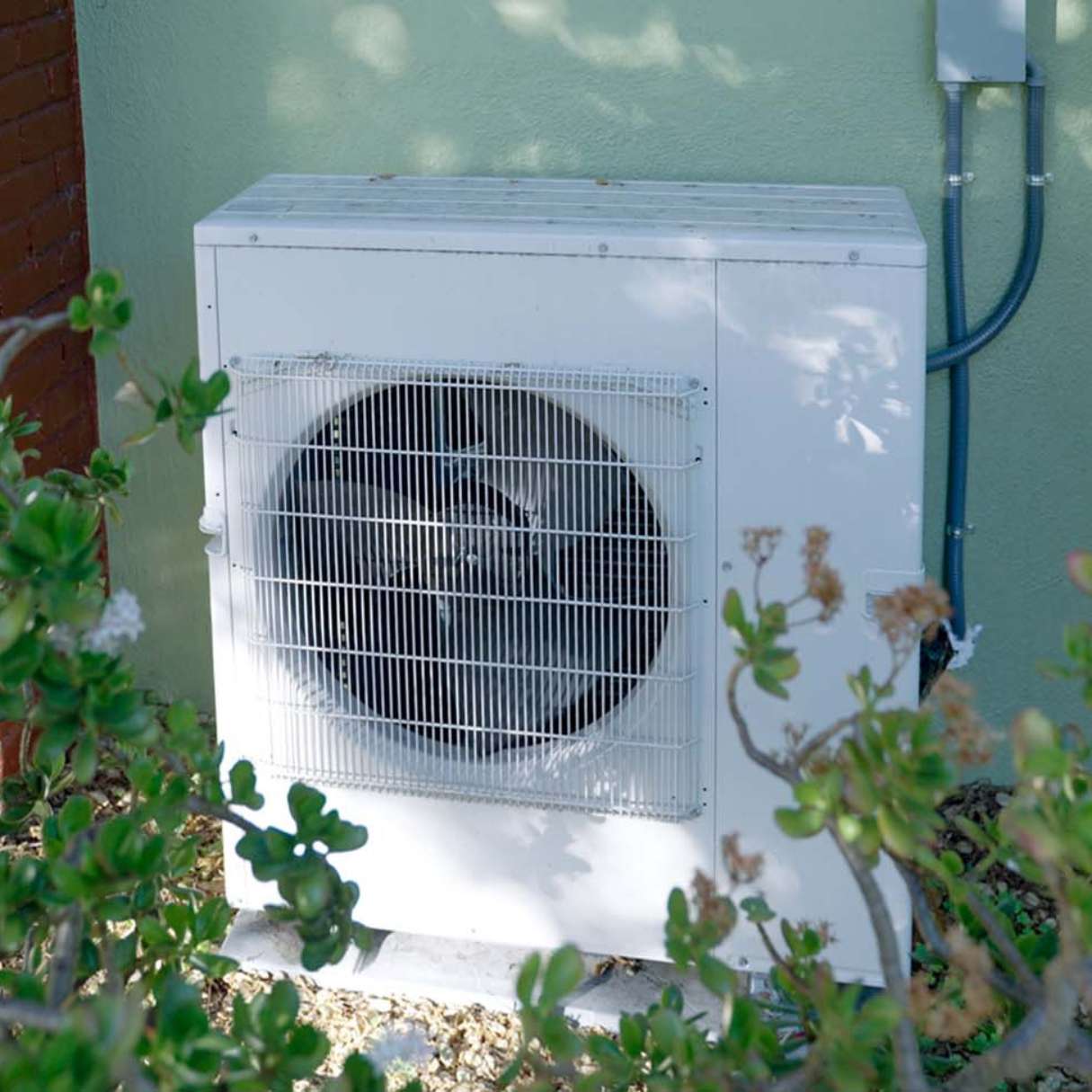
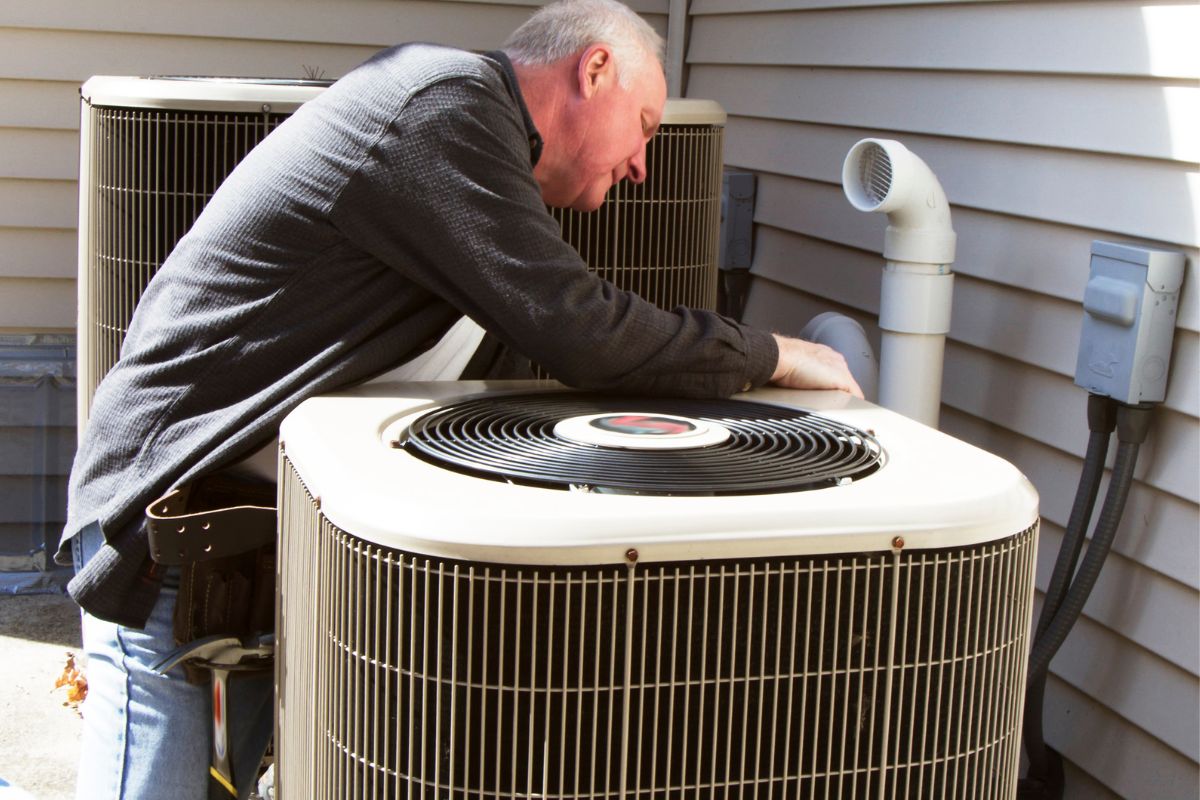
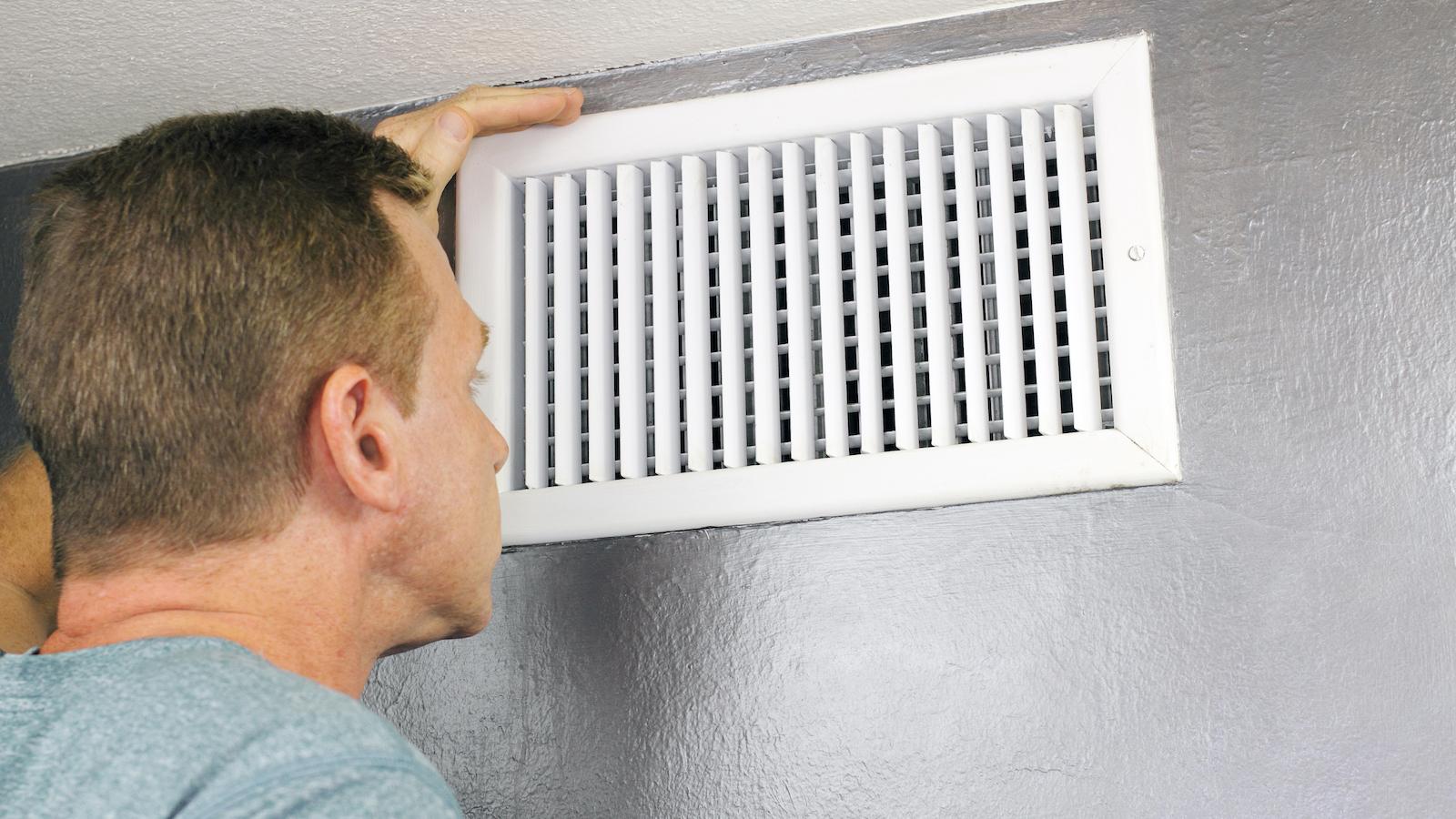
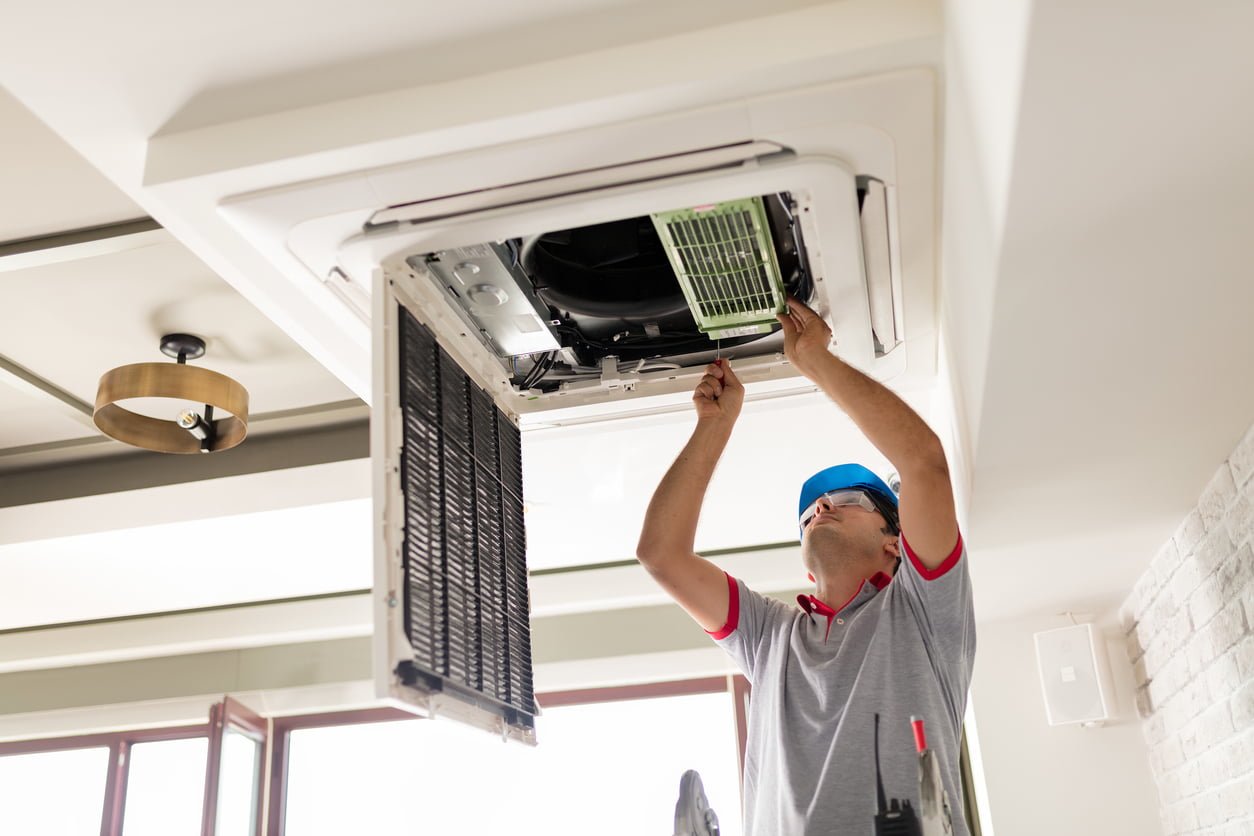
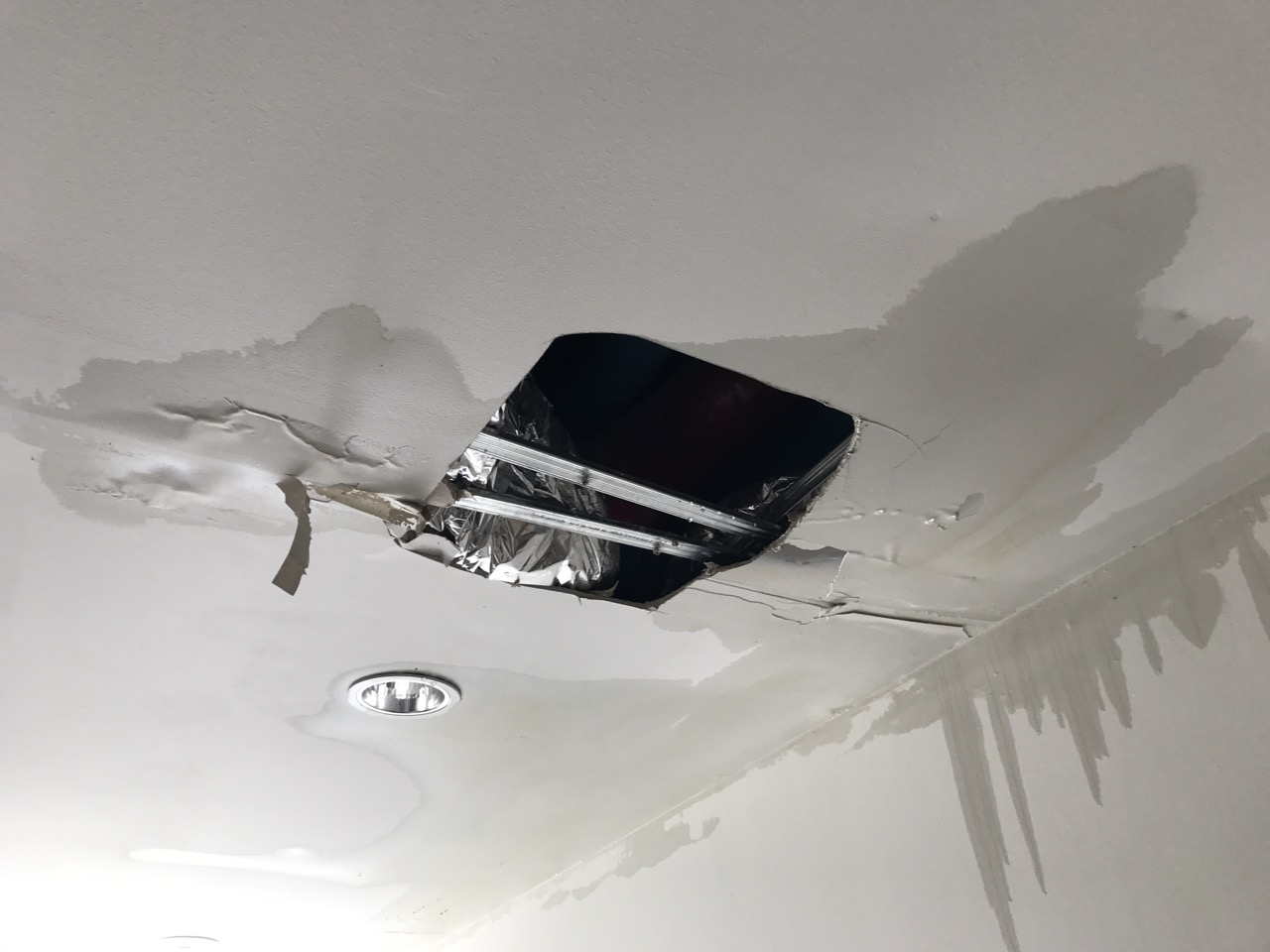
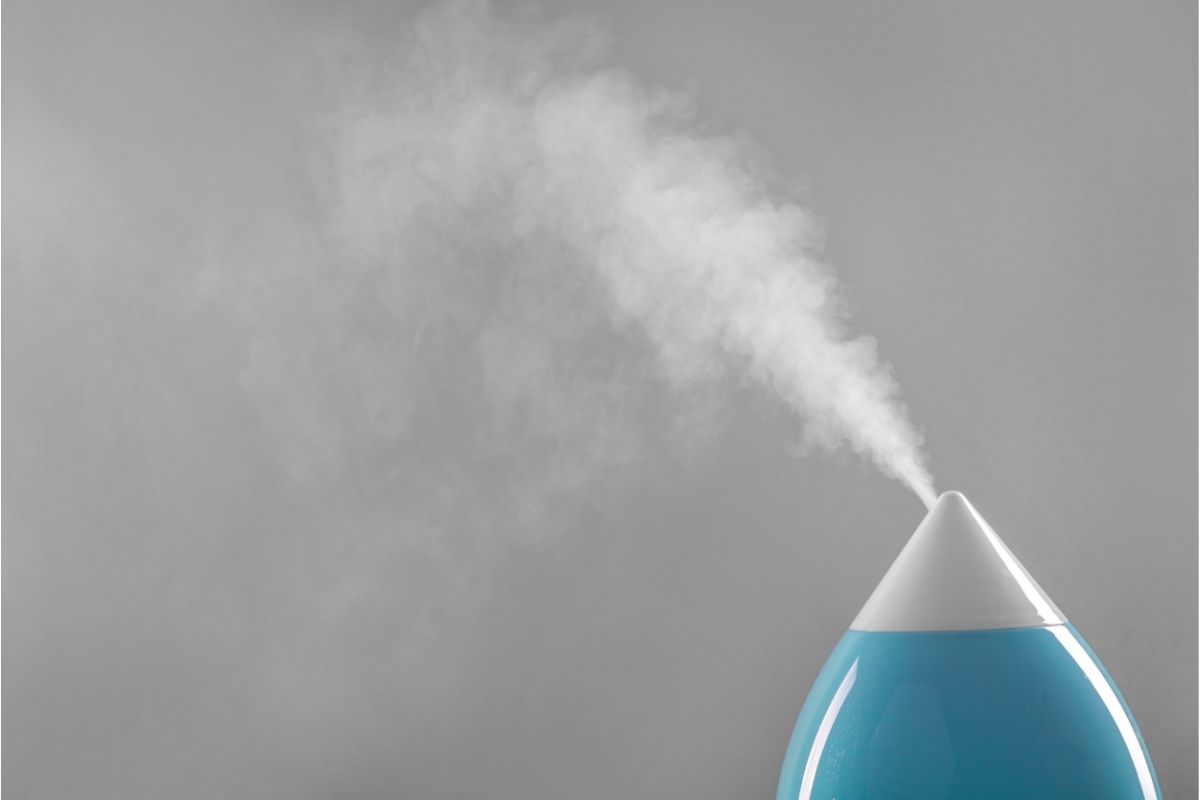
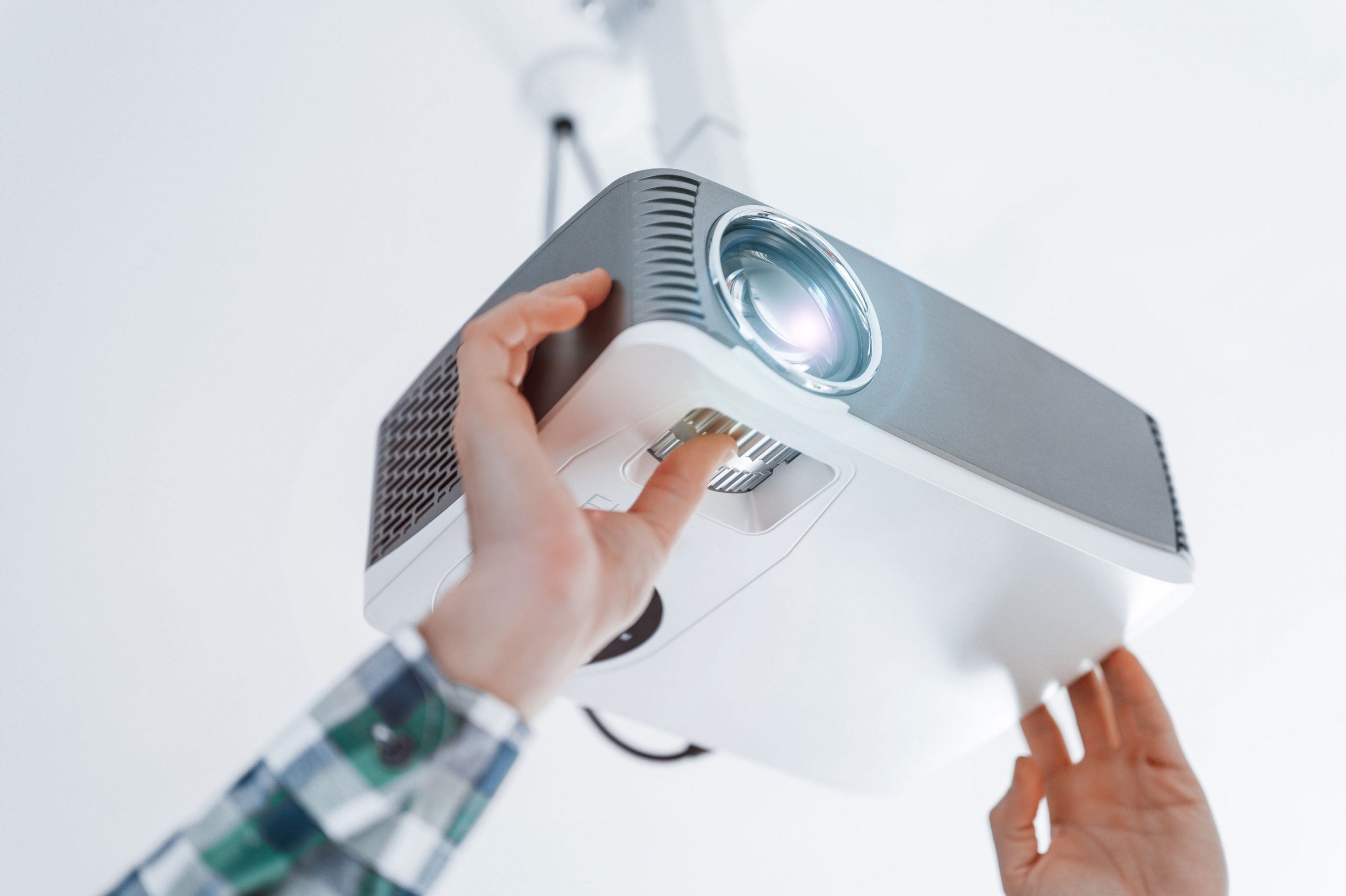
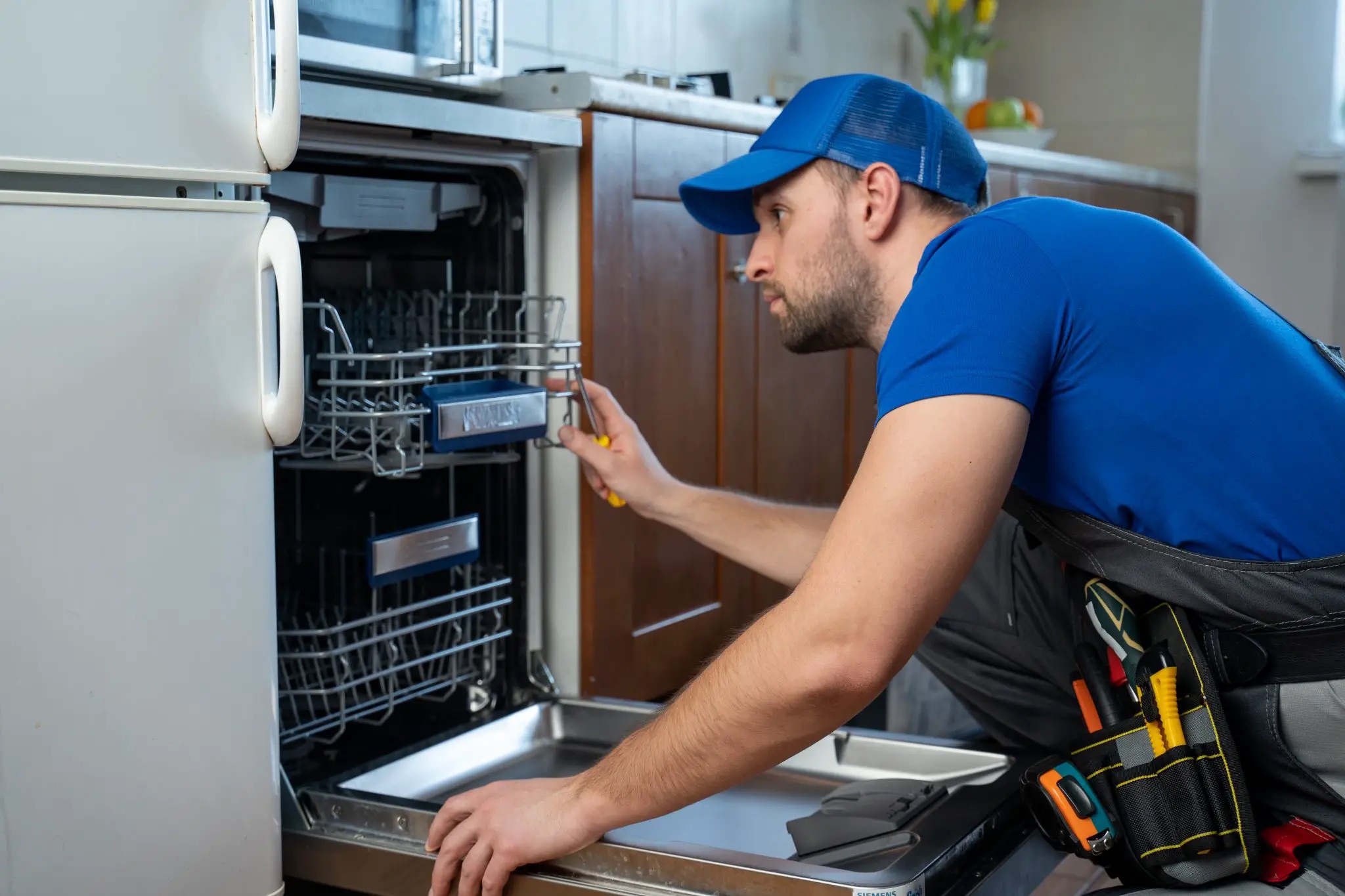
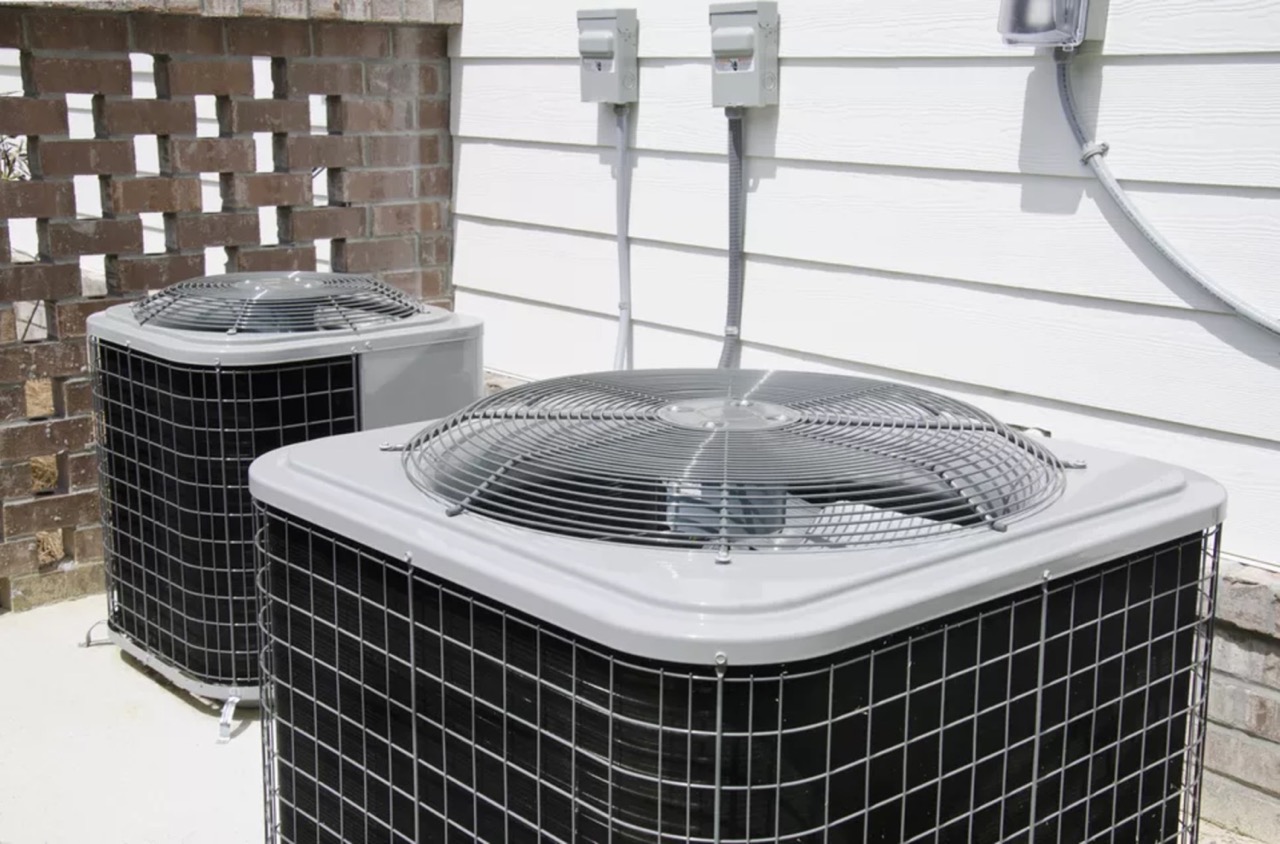
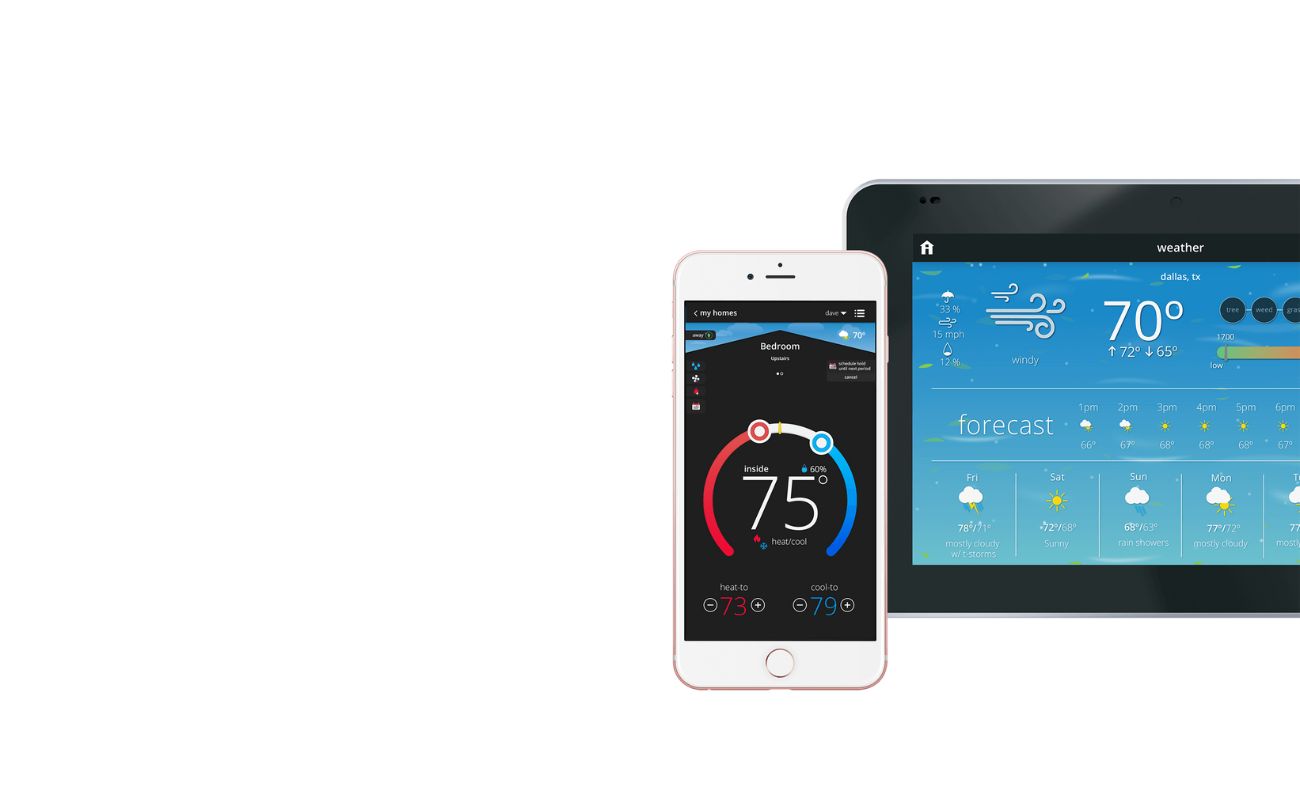
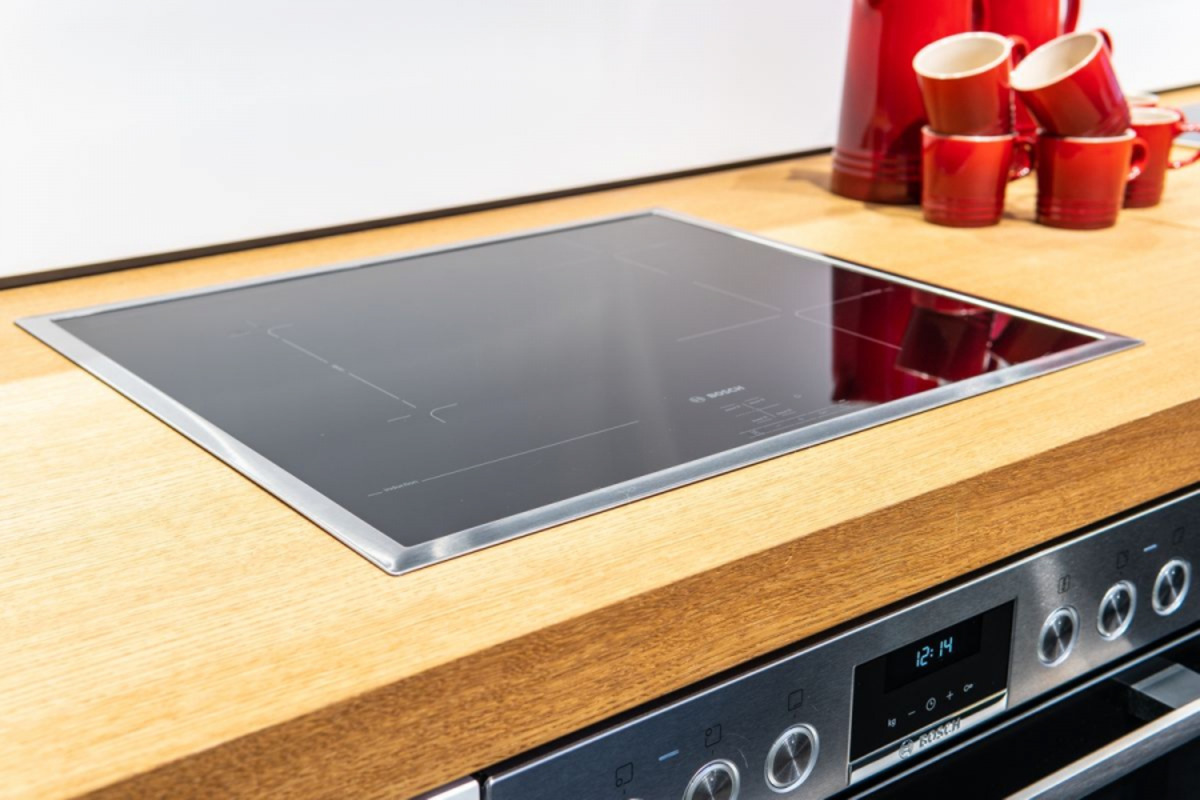

0 thoughts on “Why Is My HVAC Fan Not Working”